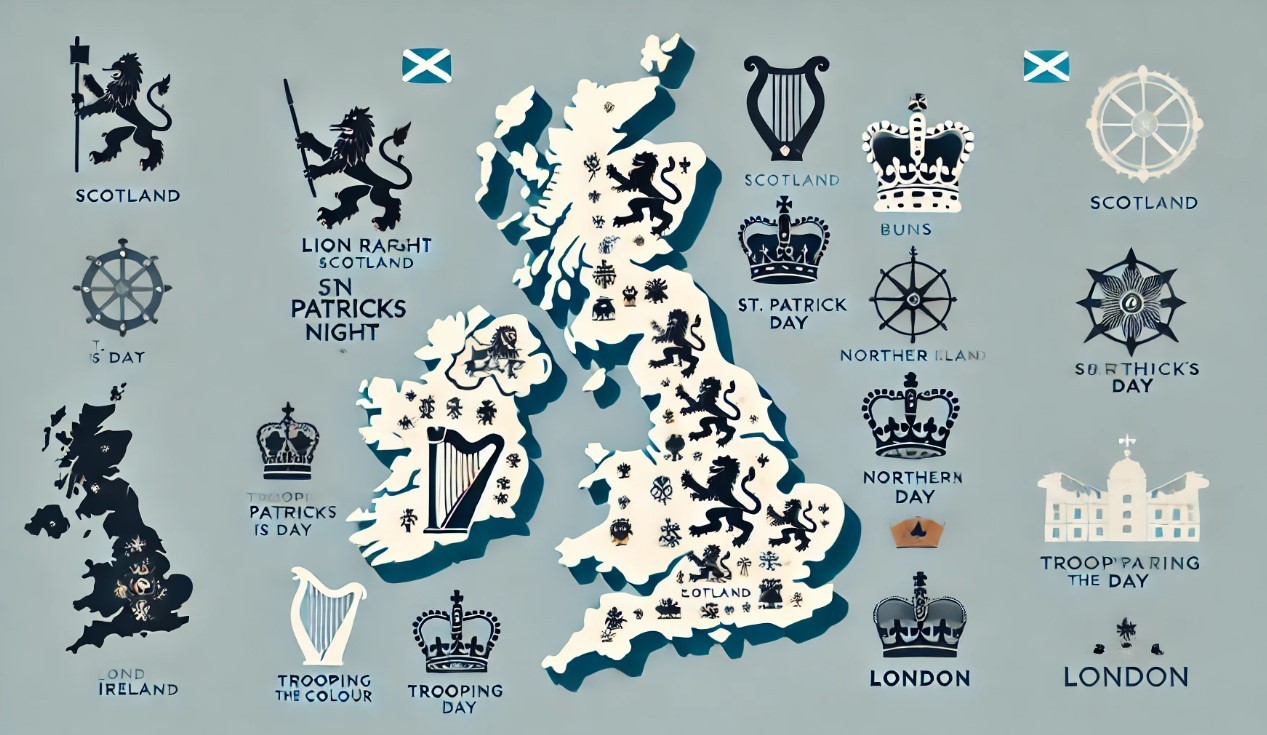What Are Spaceships That Have Carried People Into Orbit?
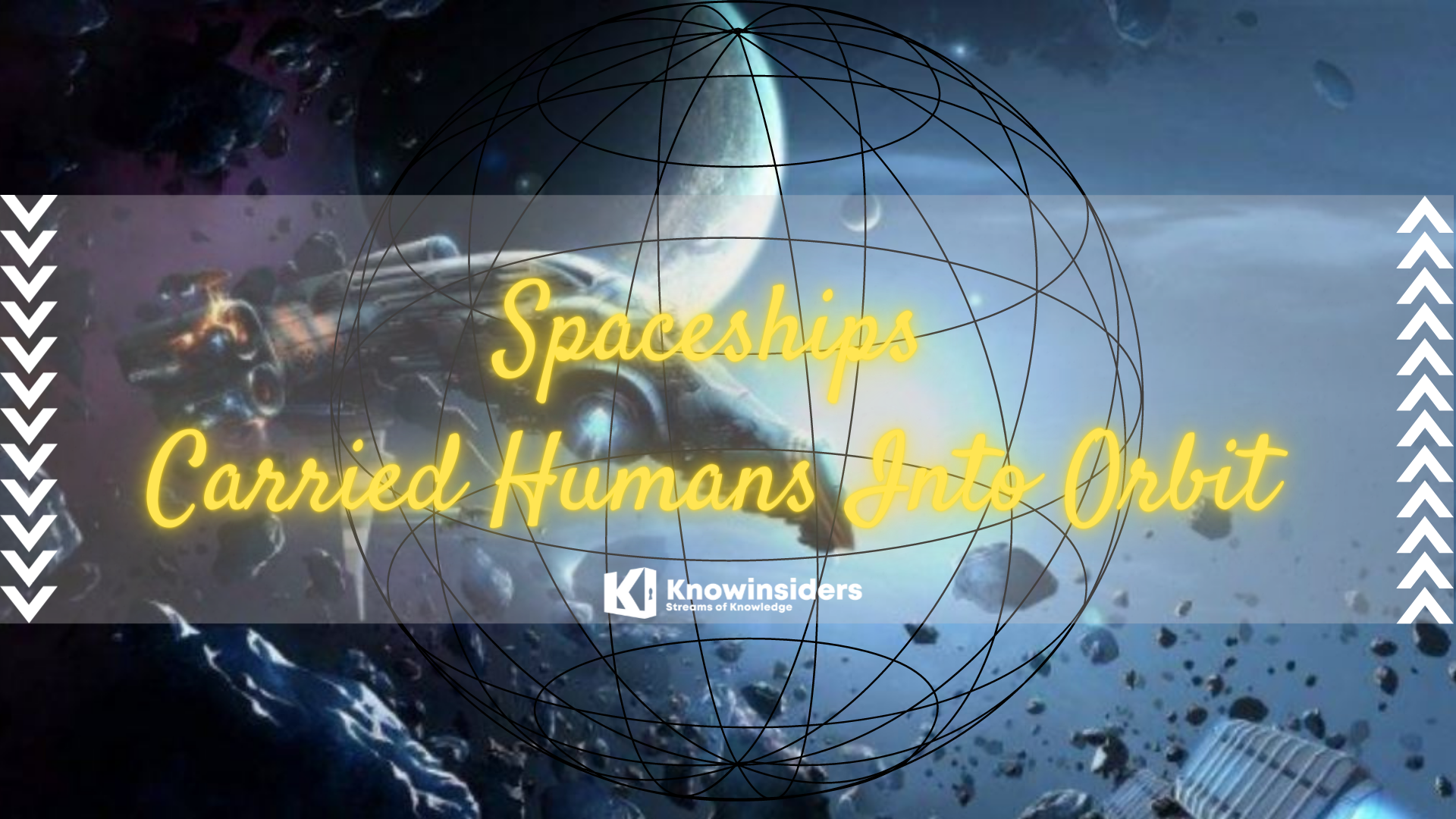 |
| Spaceships Carried Humans Into Orbit. Photo: Knowinsiders. |
What are spaceships that have carried humans into orbit?
Haven’t you ever wished for an adventure in space?
Crewed spacecraft have been around since 1961 when the Soviet Union's Vostok carried the first human into space. Now, more than a dozen countries have the ability to launch rockets into Earth orbit. A half-dozen space agencies have designed spacecraft that shed the shackles of Earth’s gravity and traveled to the moon or Mars. Here's a look back at the history of crewed spaceships.
The list of spaceships that have carried humans into orbit
1. Vostok (USSR, 1961)
2. Mercury (US, 1961)
3. Voskhod (USSR, 1964)
4. Gemini (US, 1965)
5. Soyuz (USSR/Russia, 1967)
6. Apollo/Lunar Module (US, 1968)
7. Space Shuttle (US, 1981)
8. Shenzhou (China, 2003)
9. Crew Dragon (US, 2020)
1. Vostok (USSR, 1961)
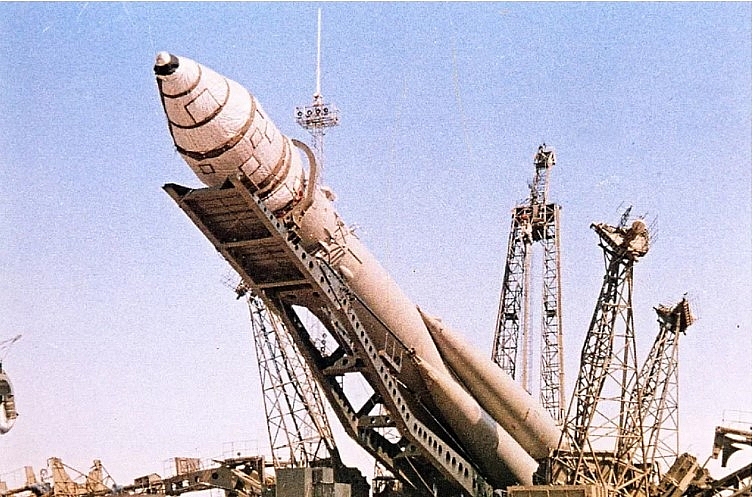 |
| The Vostok 3KA-3 spacecraft (Vostok 1) awaits the launch of Yuri Gagarin on April 12, 1961, which would make him the first human to travel into space. (Image credit: ESA) |
The Vostok program was a Soviet space program project that ran from 1960 to 1963 and achieved many spectacular milestones in spaceflight, including placing the first man in space, the first woman in space, and the first joint flight of two different crewed orbiters.
Vostok took place at the beginning of the space race, a series of competitive technology demonstrations between the United States and the Soviet Union, aiming to show superiority in spaceflight during the Cold War. The USSR was largely seen to be ahead in the early days of the space race.
On the morning of 12 April 1961, at 5:30 a.m. Moscow time (2:30 UTC), cosmonauts Yuri Gagarin and his back-up Gherman Titov were woken in their hut at the Baikonur Cosmodrome. They had breakfast, were assisted into their spacesuits, and then were transported to the launch pad. Gagarin entered the Vostok 1 spacecraft and at 07:10 local time, the radio communication system was turned on.
The hatch of the spacecraft was closed about 40 minutes later, but it was soon discovered that the seal was not complete, so technicians spent nearly an hour removing all the screws and then resealing the hatch.
During this time, Gagarin requested some music to be played over the radio. Chief designer Sergei Korolev was very nervous in the control centre, but Gagarin was described as 'calm'; about half an hour before launch his pulse was recorded at 64 beats per minute.
| The cramped Vostok cabin was only about 8 feet (2.5 m) in diameter and made of aluminum alloy. It sported two windows: One above the cosmonaut's head in the entry hatch and one at his feet. During that first flight, the capsule contained 10 days' worth of provisions in case the engines failed and Gagarin was required to wait for the orbit to naturally decay. |
2. Mercury (US, 1961)
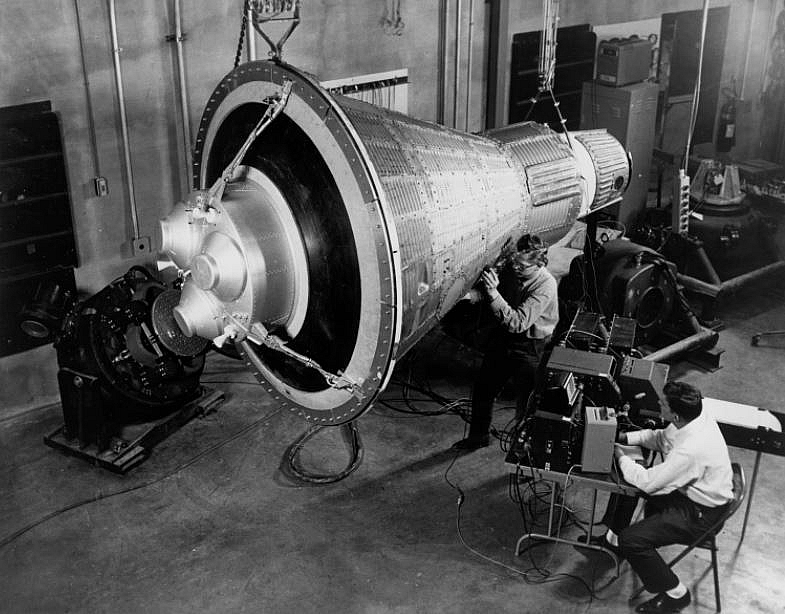 |
| NASA engineers inspect a test Mercury capsule. (Image credit: NASA) |
During the Cold War space race, the U.S. strove to beat the Soviet Union's Vostok capsule with its own crewed vehicle in Project Mercury.
The Soviet Union met the milestone first with Gagarin's flight; three weeks later, the U.S. launched astronaut Alan Shepard on a suborbital flight aboard the Freedom 7 capsule. A crewed Mercury vehicle didn't reach orbit until John Glenn's flight in February 1962 aboard the Friendship 7 capsule.
The first crewed Mercury flight (5 May 1961) launched the Freedom 7 spacecraft, piloted by Alan Shepard, on a suborbital test flight. Shepard landed safely in the Atlantic Ocean, giving the United States its critical first human spaceflight experience.
The flight, though short, was a huge relief. At the time the Soviet Union had orbited a cosmonaut (12 April 1961), Yuri Gagarin, about the Earth while the United States was having problems getting rockets off the pad without an explosion. The American public was deeply concerned that the United States had indeed fallen behind the Soviet Union in the realm of rocketry, and technology development in general.
Today, it is hard for most people to comprehend the mighty decades-long struggle between the Western Allies and the Warsaw Pact, but space exploration was one of the most important fronts in the Cold War. Shepard's short flight was perceived as a tentative affirmation of the American way of life.
3. Voskhod (USSR, 1964)
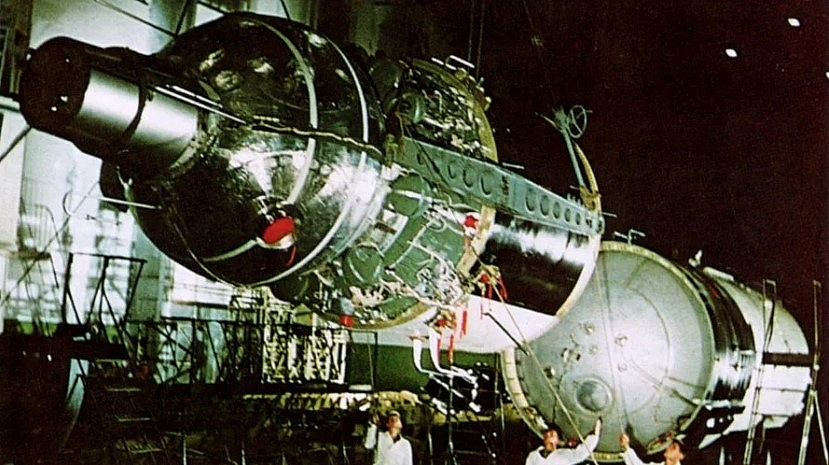 |
| Photo: ExplorersClub/Twitter) |
The Voskhod capsule was based heavily on the design of Vostok but adapted to carry more crewmembers, and later to facilitate spacewalking, the next milestone achievement the USSR had set its sights on.
On October 12, 1964, Voskhod 1 carried three cosmonauts, including Vladimir Komarov, engineer Konstantin Feoktistov, and doctor Boris Yegorov, into Earth orbit. The spacecraft was 950kg and in order to accommodate the Voskhod 1 crew, no spacesuits were worn in flight. It was the first space mission to yield significant biomedical data and Yegorov, who was a physiologist, was assigned to monitor the physical condition of his fellow crew members. Yegorov measured his crew members blood pressure. He took blood samples, recorded brain waves and even tested muscle coordination.
| Voskhod, which means ‘sunrise’ in Russian, archived major milestones with flight, however, it only flew two missions. The spacecraft brought the first multi-person crew into space and even helped carry out the first spacewalk in history. USSR’s Voskhod programme was the country’s second human spaceflight project, following the earlier successes of the Vostok programme, which ran from 1960 to 1963 and took single-person crews into orbit. |
A second version of the Voskhod capsule was adapted for a spacewalk, carrying an inflatable airlock. The USSR flew an uncrewed test mission for the vehicle, then in 1965 launched Voskhod 2, which carried two cosmonauts in pressure suits on a 26-hour flight. One of those cosmonauts, Alexei Leonov, exited the inflatable airlock and spent about 12 minutes in space, clinching the accomplishment of first spacewalk. The mission was Voskhod's last flight.
4. Gemini (US, 1965)
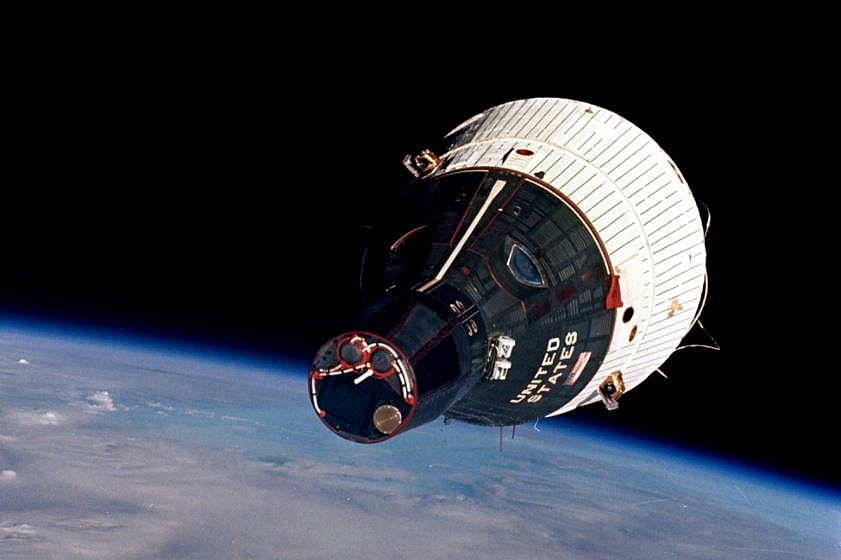 |
| A view of the Gemini 7 spacecraft in orbit, as seen from Gemini in 1965. (Image credit: NASA) |
Like the pair of Soviet vehicles, Gemini was at heart an adapted version of the Mercury capsule designed to let more astronauts tackle more advanced tasks. The larger capsule flew humans for the first time in March 1965, just a few days after the Voskhod 2 mission.
Gemini capsules were designed to carry two astronauts, rather than just one, and their primary task was to teach engineers how to dock spacecraft in orbit, which NASA believed would be necessary to land humans on the moon.
| Gemini, any of a series of 12 two-man spacecraft launched into orbit around Earth by the United States between 1964 and 1966. The Gemini (Latin: “Twins”) program was preceded by the Mercury series of one-man spacecraft and was followed by the Apollo series of three-man spacecraft. |
The Gemini program was chiefly designed to test the ability of astronauts to maneuver their spacecraft by means of manual control. The Gemini series, directed by the National Aeronautics and Space Administration (NASA), helped to develop the techniques for orbital rendezvous and docking with a target vehicle, procedures that were vital to the subsequent Apollo Moon-landing program. It also provided NASA engineers with an opportunity to improve environmental control and electrical power systems of spacecraft.
During the Gemini 4 mission (launched June 3, 1965), astronaut Edward H. White performed the first American spacewalk, maneuvering outside the spacecraft for 20 minutes and demonstrating man’s increasing ability to function in space. Gemini 5 (Aug. 21, 1965) completed an eight-day mission, the longest spaceflight undertaken up to that time. Gemini 7 and 6 (Dec. 4 and 15, 1965, respectively) performed the first orbital rendezvous of two manned spacecraft. Gemini 12 (Nov. 11, 1966), the last in the series, made the first automatically controlled reentry into Earth’s atmosphere.
5. Soyuz (USSR/Russia, 1967)
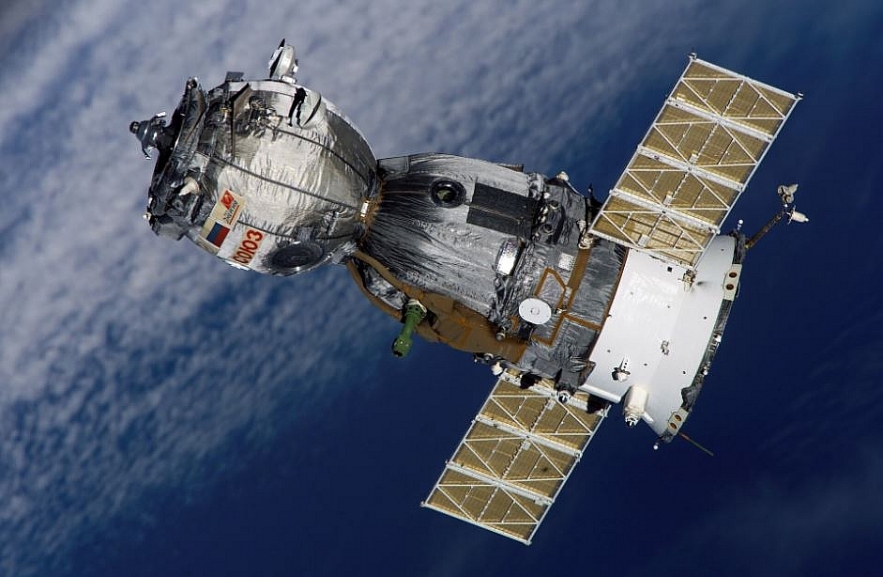 |
| A Soyuz spacecraft seen in orbit near the International Space Station. Photo: NASA. |
Soyuz, any of several versions of Soviet/Russian crewed spacecraft launched since 1967 and the longest-serving crewed-spacecraft design in use. Originally conceived in Soviet aerospace designer Sergey Korolyov’s design bureau (Energia) for the U.S.S.R.’s Moon-landing program (officially canceled in 1974), the modular craft has served mainly as a crew ferry to and from Earth-orbiting space stations, specifically the Salyut stations, Mir, and the International Space Station (ISS). Soyuz is the Russian word for “union.”
The Soyuz spacecraft was designed as part of the Soviet Union's attempts to land a cosmonaut on the Moon. The programme can be traced back to the early 1960s, although the first launch of an unmanned Soyuz capsule did not take place until 1966, after the successes of the Vostok and Voskhod programmes. It was in this year that two separate cosmonaut training groups were created. One of these, led by Aleksei Leonov, would train towards the landing mission, whilst the other would learn how to control the Soyuz spacecraft. This second group was led by Colonel Vladimir Mikhailovich Komarov.
The 7-metre- (23-foot-) long, seven-metric-ton vehicle comprises three modules joined in line—a central, bell-shaped descent module with contoured couches for as many as three persons during ascent, descent, and landing; a cylindrical service module mounted at the rear that provides propulsion, life support, and electrical power; and a spheroidal orbital module in front that carries the docking system and contains living facilities and cargo for the orbital phase of the mission. The three modules remain together throughout the mission until the spacecraft is deorbited; only the descent module returns to Earth intact.
| The first crewed launch of a Soyuz took place on April 23, 1967. Its single test pilot, Vladimir Komarov, was killed when the descent module’s parachute failed to unfurl after reentry and the module crashed—the first human death during a spaceflight. |
Before attempting another manned mission the Russians carried out a series of unmanned launches, using Soyuz capsules, as part of the Zond program. The first of these, Zond 4, was launched in March 1968. This was followed by Zond 5 in September 1968 which carried the first animals, a group of turtles, on a return flight around the Moon. The success of this flight was followed a month later by the launch of Soyuz 3 with Georgi Beregovoi on board. Further manned launches in both 1968 and 1969 tested key elements of the proposed moon landing, cosmonauts for the mission were selected, including Aleksei Leonov, but the 18 month delay had seriously hindered Soviet progress.
6. Apollo/Lunar Module (US, 1968)
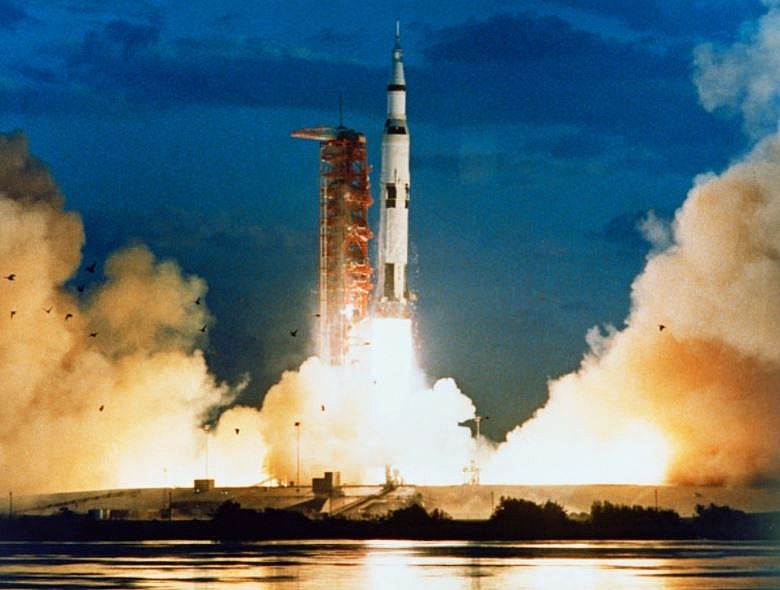 |
| All Apollo rockets launched from the Kennedy Space Center near Orlando, Florida. (Pictured here is a Saturn V launched during an uncrewed mission, known as Apollo 4. Photo: NASA. |
The Apollo program was the name of NASA's project to land humans on the moon in the 1960s and early 1970s. With the success of Apollo 11 in 1969, which put astronauts on the lunar surface for the first time in history, the U.S. was able to declare victory in the space race against the Soviet Union during the Cold War.
Beginning in 1961, the Apollo program consisted of 11 total spaceflights; four of those tested equipment, and six of the other seven flights landed people on the moon, according to NASA. The first crewed flight occurred in 1968, and the final mission occurred in 1972.
By the time the Apollo missions came to an end, 12 astronauts had walked on or driven over the moon's surface, conducting scientific research and snagging rocks to bring back to researchers on Earth. These samples are still being used to make new discoveries more than 50 years after they were collected.
| Apollo 8 was the first mission to send astronauts all the way to the moon, though the crew did not land on its surface, only circled it. During the event, which occurred on Christmas Eve in 1968, the crew took turns reading from the Book of Genesis and snapped the iconic photo of our planet known as "Earthrise," which is credited with helping inspire the environmental movement. |
The culmination of Apollo was the Apollo 11 mission, when the first astronauts set foot on the moon. Astronauts Neil Armstrong and Buzz Aldrin descended to the lunar surface on July 20, 1969, while Michael Collins flew the command module Columbia over it. Armstrong uttered his iconic words, "that's one small step for man, one giant leap for mankind," as he stepped onto the moon. The astronauts spent 21 hours and 36 minutes on the surface before returning to the command module.
NASA is currently planning its Artemis program, which is intended to bring people — including female crew members — to the moon for the first time since the end of Apollo. Artemis aims to have its first landing in 2024 and build toward a sustained human presence on the moon by 2028.
7. Space Shuttle (US, 1981)
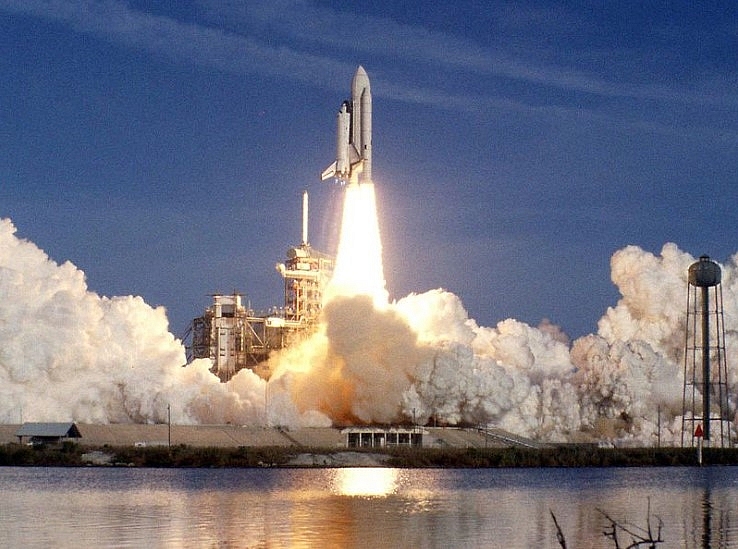 |
| Space Shuttle Columbia launches into space for the first time on April 12, 1981. With astronauts John Young and Robert Crippen aboard, Columbia began the 30-year run of NASA's space shuttle program. Photo: RED HUBER / ORLANDO SENTINEL. |
The space shuttle Columbia is launched from Cape Canaveral, Florida, becoming the first reusable manned spacecraft to travel into space. Piloted by astronauts Robert L. Crippen and John W. Young, the Columbia undertook a 54-hour space flight of 36 orbits before successfully touching down at California’s Edwards Air Force Base on April 14.
On September 17, 1976, NASA publicly unveiled its first space shuttle, the Enterprise, during a ceremony in Palmdale, California. Development of the aircraft-like spacecraft cost almost $10 billion and took nearly a decade. In 1977, the Enterprise became the first space shuttle to fly freely when it was lifted to a height of 25,000 feet by a Boeing 747 airplane and then released, gliding back to Edwards Air Force Base on its own accord.
Regular flights of the space shuttle began on April 12, 1981, with the launching of Columbia. Launched by two solid-rocket boosters and an external tank, only the aircraft-like shuttle entered into orbit around Earth. When the mission was completed, the shuttle fired engines to reduce speed and, after descending through the atmosphere, landed like a glider. Early shuttles took satellite equipment into space and carried out various scientific experiments. On January 28, 1986, NASA and the space shuttle program suffered a major setback when the Challenger exploded 74 seconds after takeoff and all seven people aboard were killed.
In September 1988, space shuttle flights resumed with the successful launching of the Discovery. In subsequent years, the space shuttle carried out numerous important missions, such as the repair and maintenance of the Hubble Space Telescope and the construction and manning of the International Space Station.
| A tragedy in space again rocked the nation on February 1, 2003, when Columbia, on its 28th mission, disintegrated during re-entry of the earth’s atmosphere. All seven astronauts aboard were killed. In the aftermath, the space-shuttle program was grounded until Discovery returned to space in July 2005, amid concerns that the problems that had downed Columbia had not yet been fully solved. |
8. Shenzhou (China, 2003)
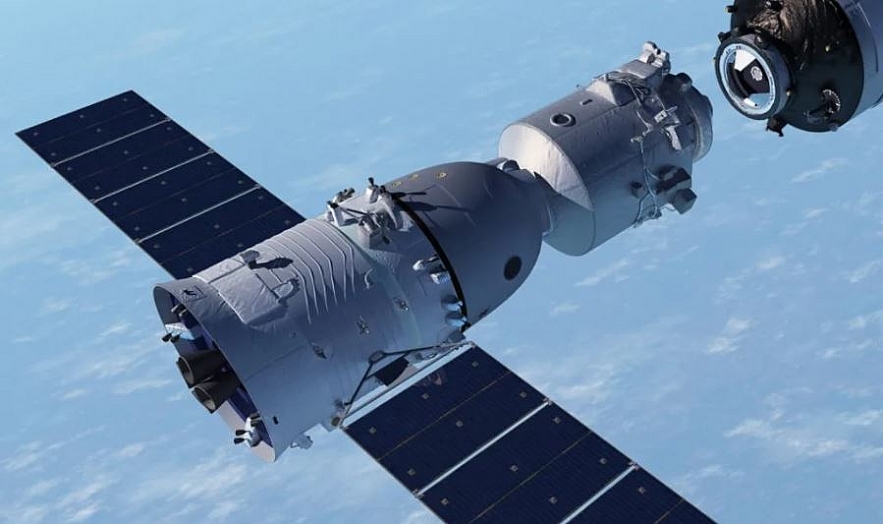 |
| Computer-generated rendering of the Shenzhou spacecraft vehicle in orbital rendezvous docking (Credit: CMSA) |
China’s first crewed spacecraft, developed for the human spaceflight programme to fulfil the missions of achieving crewed orbital flight, developing EVA and rendezvous docking techniques, and transporting crews to and from the space station. The spacecraft was modelled after the Russian Soyuz-TM but slightly larger in size and has been developed from Chinese technology. First unmanned test flight took place in 1999 and the first manned mission in 2003. The Shenzhou spacecraft is expected to remain in service into the 2020s as the crew transportation vehicle for China’s manned space station.
Shenzhou, (Chinese: “Divine Craft”) any of a series of Chinese spacecraft, the fifth flight of which carried the first Chinese astronaut into space.
Shenzhou is similar in design to the Russian Soyuz spacecraft. Like Soyuz, Shenzhou consists of three modules: a cylindrical rear module that contains instrumentation and the propulsion system, a bell-shaped middle module that carries the crew during launch and landing, and a cylindrical forward orbital module that carries scientific and military experiments. (Unlike the Soyuz, the orbital module is capable of independent flight; on several Shenzhou missions, the orbital module remained in orbit for several months after its separation from the reentry module.) Shenzhou is 9.3 metres (30.5 feet) long and weighs 7,840 kg (17,280 pounds). The launch vehicle is a Chang Zheng 2F (CZ-2F, or Long March 2F), a version of the CZ-2 specifically developed for the Shenzhou program.
The first four Shenzhou missions were uncrewed test flights launched over a three-year period (1999–2002). On October 15, 2003, Shenzhou 5 carried the first Chinese astronaut, pilot Yang Liwei, on a 21-hour spaceflight. China thus became the third country after Russia and the United States to launch a crewed spacecraft. Shenzhou 6 was launched on October 12, 2005, lasted five days, and carried two astronauts. Shenzhou 7 was launched on September 25, 2008, and carried three astronauts; one of them, commander Zhai Zhigang, made the first Chinese space walk.
In 2021, Shenzhou-12 is the first of four crewed missions needed to complete the construction of China's independently-developed space station by the end of 2022. The Shenzhou-12 mission was helmed by veteran astronaut Nie Haisheng, 56, who now holds the record of being the oldest Chinese national in space.
9. Crew Dragon (US, 2020)
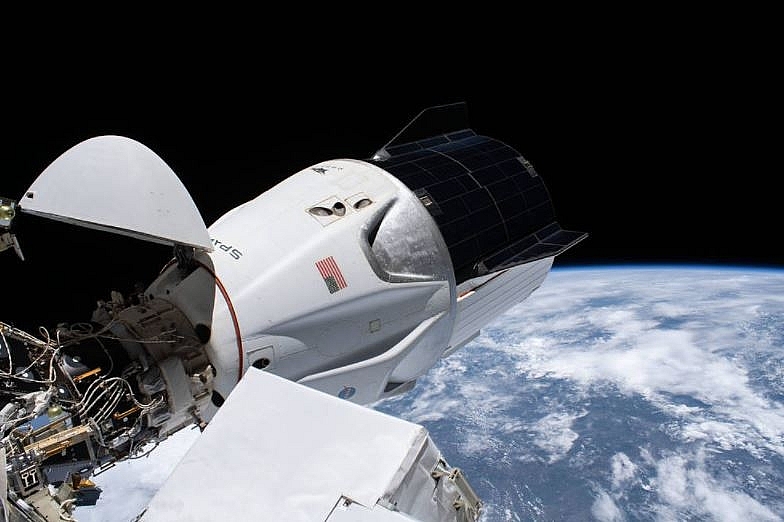 |
| The SpaceX Crew Dragon spacecraft, with its nose cone open. Photo: NASA. |
SpaceX's Crew Dragon capsule, scheduled to launch two NASA astronauts to the International Space Station on May 27. It became the first commercially built vehicle to carry humans to space.
Crew Dragon is based heavily on SpaceX's long-flying cargo ship, the Dragon, which the company built under NASA's commercial cargo delivery program and which made its first full-fledged delivery run in 2012.
Crew Dragon was built under the agency's commercial crew program, and made a successful uncrewed test flight to the space station in March 2019.
Two key modifications for the crewed version are that the spacecraft docks itself to the International Space Station, rather than relying on being snagged by the laboratory's robotic arm, and, of course, the addition of life-support systems. Crew Dragon can seat up to seven people, according to SpaceX.
The Crew-1 mission is the first of six crewed missions NASA and SpaceX will fly as part of the agency’s Commercial Crew Program. This mission has several firsts, including:
-The first flight of the NASA-certified commercial system designed for crew transportation, which moves the system from development into regular flights;
-The first international crew of four to launch on an American commercial spacecraft;
-The first time the space station’s long duration expedition crew size will increase from six to seven crew members, which will add to the crew time available for research; and
-The first time the Federal Aviation Administration has licensed a human orbital spaceflight launch.
 What Are The Best Movies on Taliban and Afghanistan What Are The Best Movies on Taliban and Afghanistan To get a better understanding of Taliban and the war-torn Afghanistan's situation today, here are the top 14 best movies you can watch right now. |
 What Are The 10 Best Beaches In America - Latest Ranking by Dr. Beach What Are The 10 Best Beaches In America - Latest Ranking by Dr. Beach Every year, Dr. Beach (Leatherman) ranks the best U.S. beaches based on 50 criteria. Take a look at the Top 10 Best US beaches ... |
 What are the Best Dates to Get Married for Zodiac Signs in 2021? What are the Best Dates to Get Married for Zodiac Signs in 2021? Looking for an auspicious date to get married? Choosing the right time and date for your wedding is pretty crucial, so why not make it ... |





